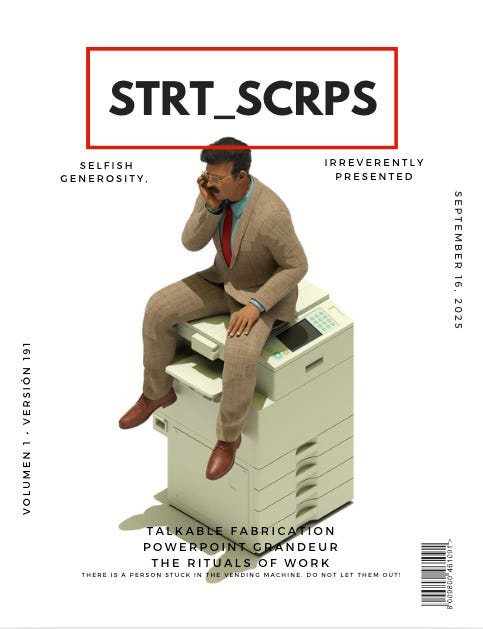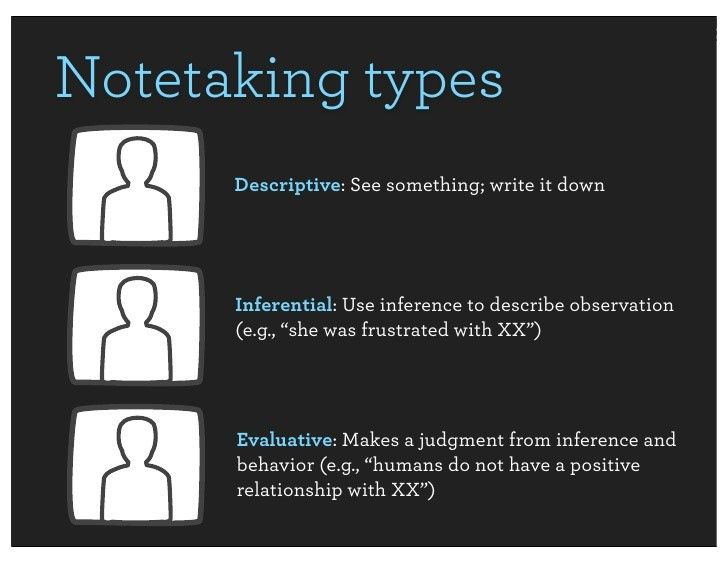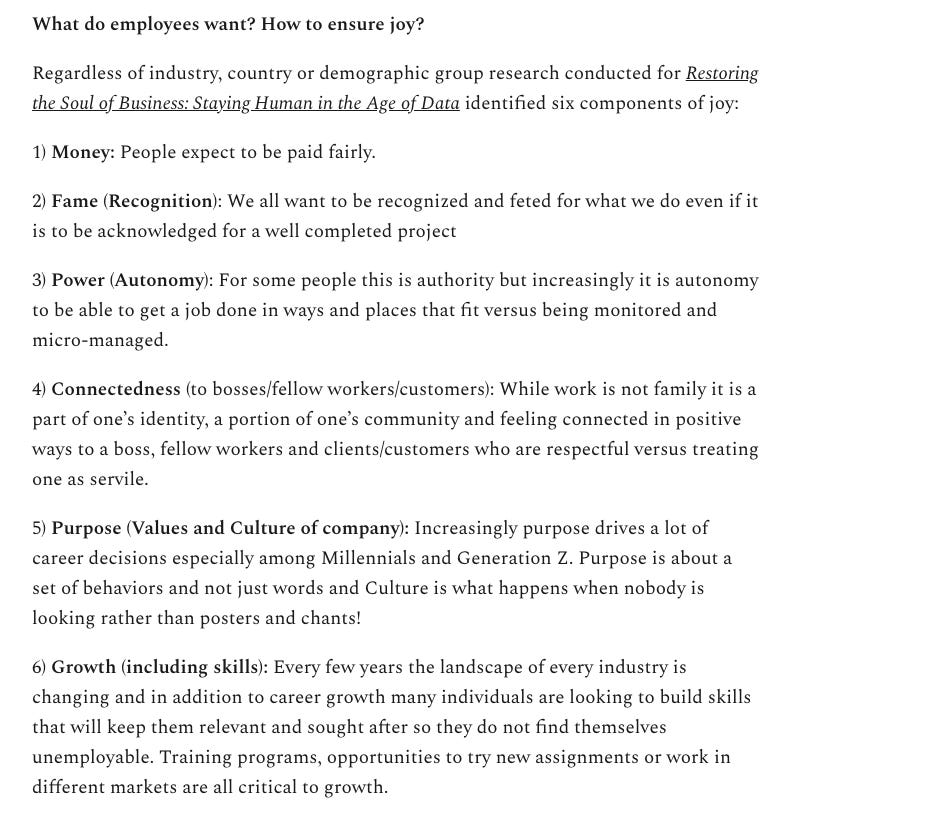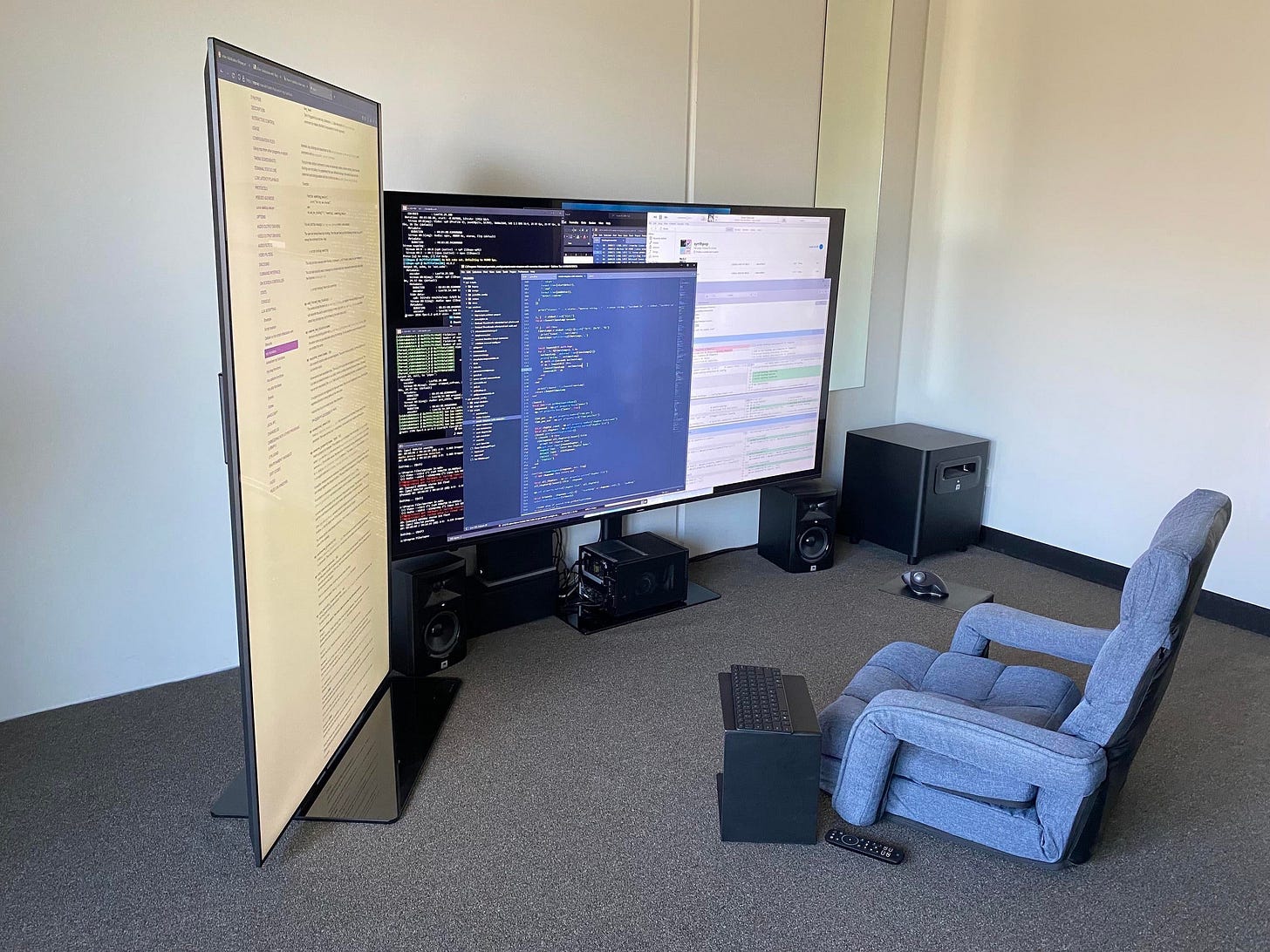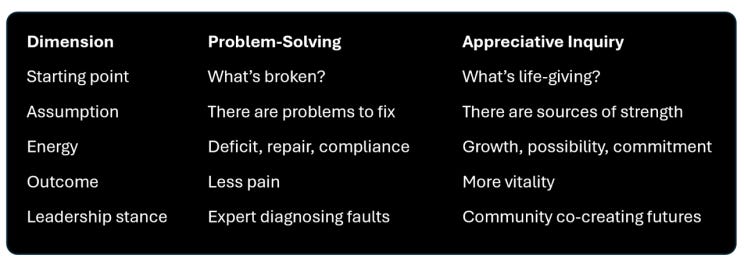STRATSCRAPS_v191
[NOT TIME SENSITIVE, JUST SENSITIVE TO TIME]
////
REMINDER:
ALWAYS START WITH “WHAT IS THE PURPOSE OF THIS DECK? WHAT IS THE DESIRED OUTCOME?
////
////
Something that I have found needs to be repeated more frequently than it should…
Growth primarily comes from light category buyers (“Your consumers are just somebody else’s consumers who sometimes buy your brand”)
Light category buyers choose to buy things based on physical and mental availability (easy to think of and easy to buy).
“Easy to think of” is the job of advertising.
Sometimes – typically depending on the category – the job is to communicate a message that you want to associate with a brand/product…
(e.g. “15 min could save you 15%” “Turbotax is free” “volvo trucks as stable”)
…but even in those cases, the message is typically partially meant as a way to make it easy to think of in the context (category entry point).
This was waay too many words to make the simple point that shouldn’t need to be made…
Our job is not to speak to fans.
Our job is to help brands stand out and control the narratives built around them.
Read this and this and you’ll pretty much have the fundamentals of strategy covered. (or you know, all of “how brands grow”)
////
////
////
it would be kind of cool if deck had a credits roll like the end of a movie
////
////
////
////
low key the work station of my dreams
////
Too many quotes to choose from, but this whole essay titled “One Damn Slide After Another” is well worth a read in full.
(in the same vein, this WIRED article “Beware the digital whiteboard” is an ok read on its own, but when read in tandem with the “slides” essay, you start to understand the bigger picture.
One could say “We shape our tools and thereafter our tools shape us”1
➥➥➥➥
I googled “We shape our tools and thereafter our tools shape us” and a top link led me to a few things.
The link leads to a page that basically only contains the following text; The quote “We become what we behold. We shape our tools and then our tools shape us” is often mistakenly attributed to Marshall McLuhan. It does NOT appear in “Understanding Media”, as Wilson Miner confidently asserts in the presentation below, indeed it does not appear in any published work by McLuhan at all. The quote was actually written by Father John Culkin, SJ, a Professor of Communication at Fordham University in New York and friend of McLuhan. But though the quote is Culkin’s, I would argue that the idea is McLuhan’s, as it comes up in an article by Culkin about McLuhan: Culkin, J.M. (1967, March 18). A schoolman’s guide to Marshall McLuhan. Saturday Review, pp. 51-53, 71-72. The idea presented in the quote is entirely consistent with McLuhan’s thinking on technology in general.
Then, somewhat randomly it links to this video by a head designer at IDEO from 2011 or so.
TBH I was multi tasking while I watched and therefore couldnt tell you exactly what the video is about other than about design, technology and human behavior.
A great watch in full, but also led to stumbling across a few things;
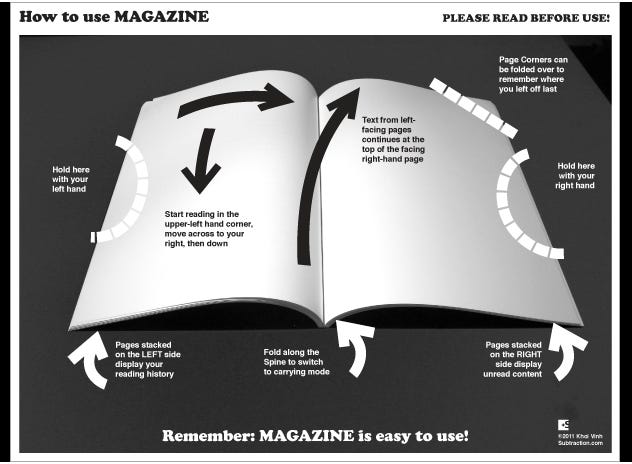
This blog called Summing Up by somebody named Daniel Siegel. I encourage you to scroll to the very bottom (the start of the blog) and then slowly scroll up to watch how the format changes.
////
////
WEEKLY MONSTER
New Medium:


